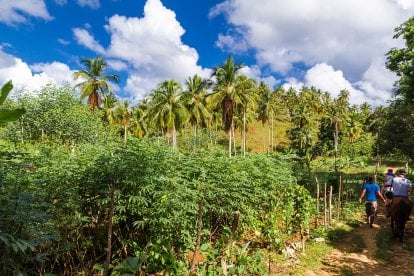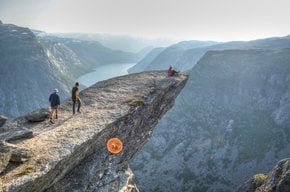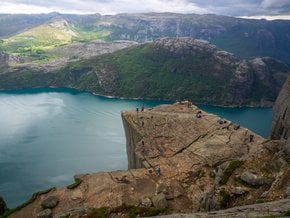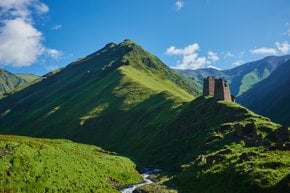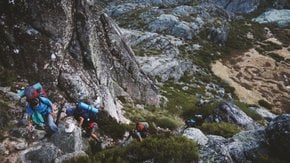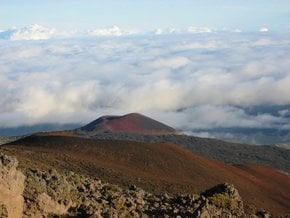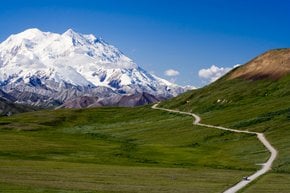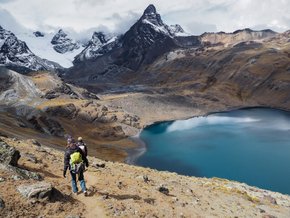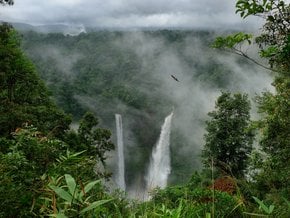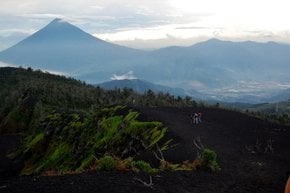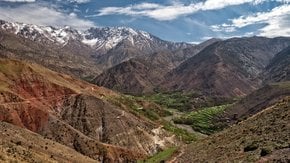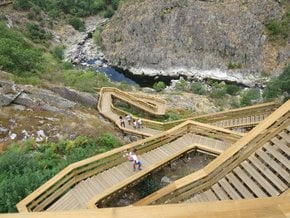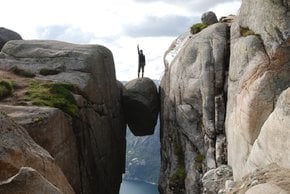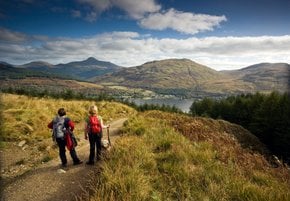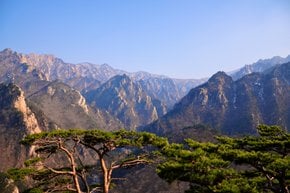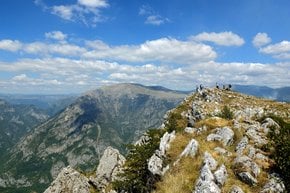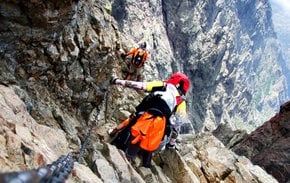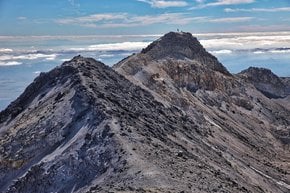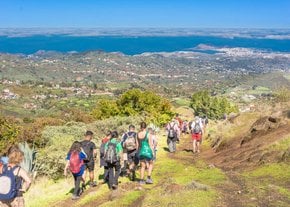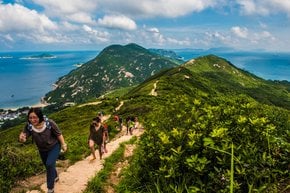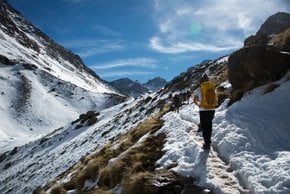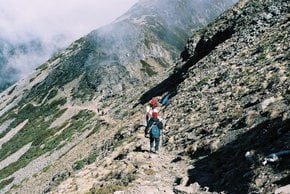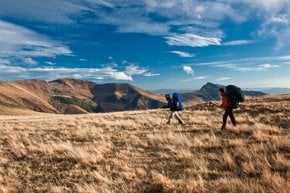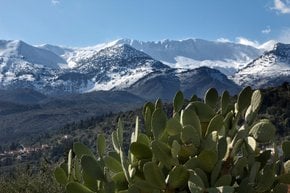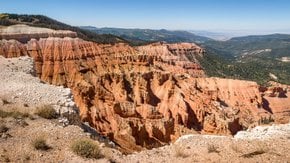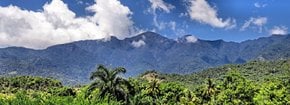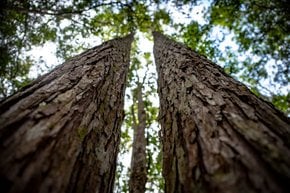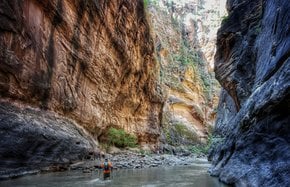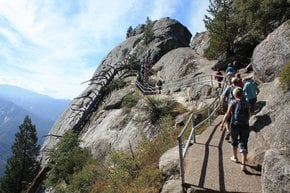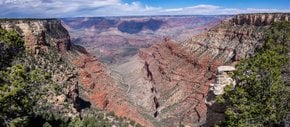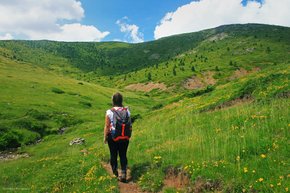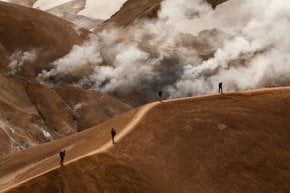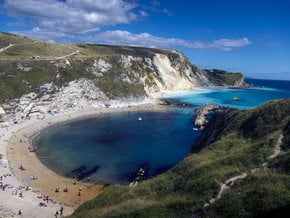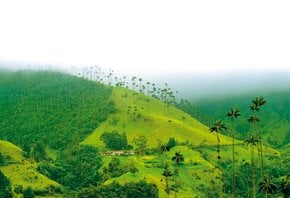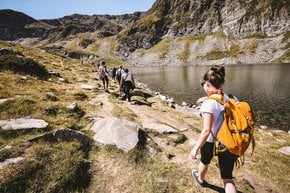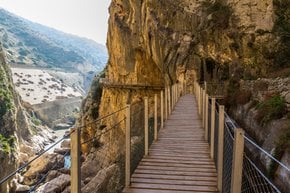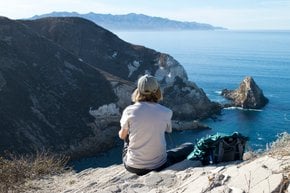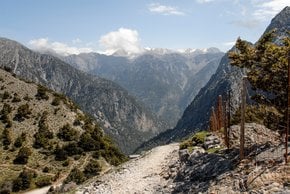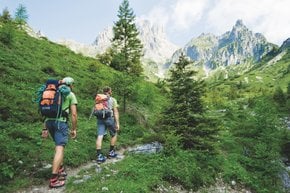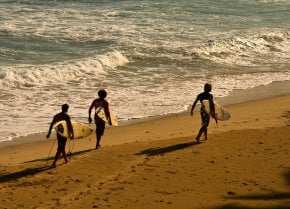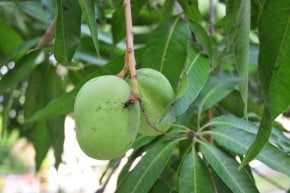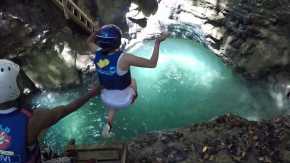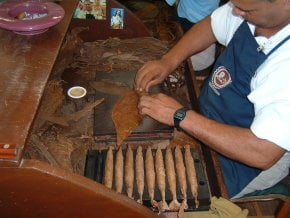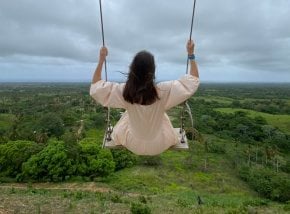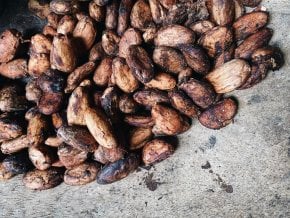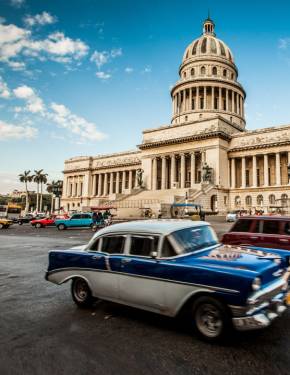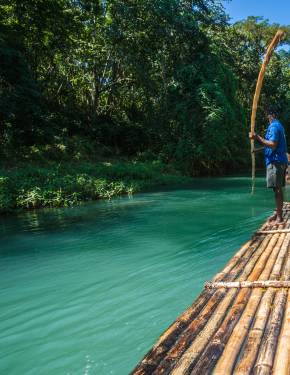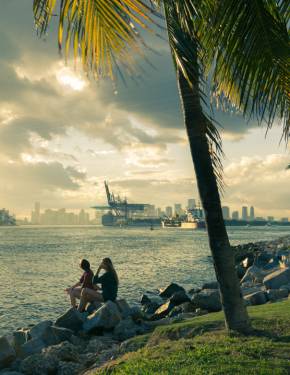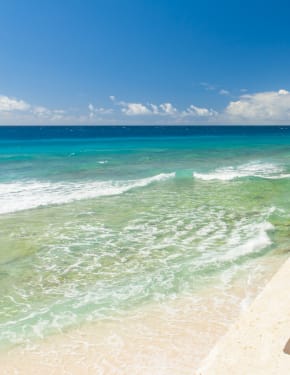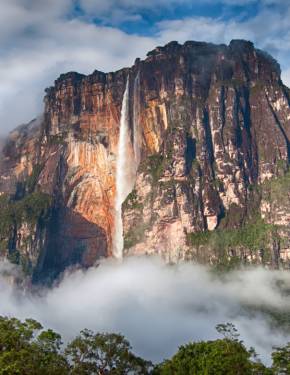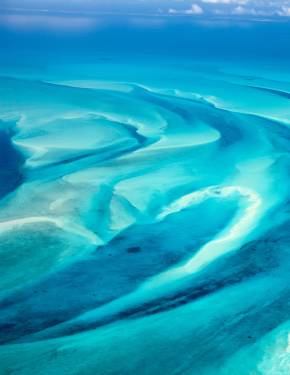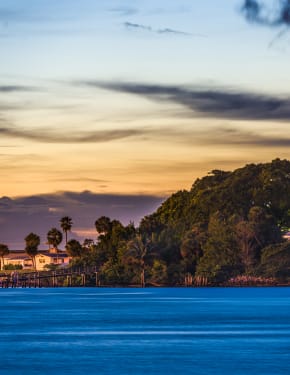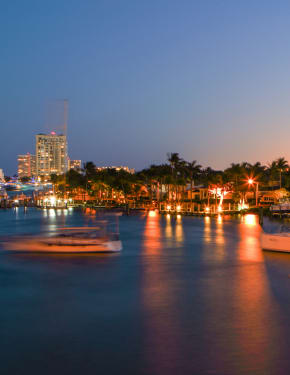Hiking in Dominican Republic 2025-2026
Take your backpack on and get ready for exciting adventures!
Best time: December–April
For most people, the Dominican Republic automatically means an all-inclusive, radiant sun, beautiful beaches, and white sand. For others, it is about the traditional music genres such as merengue and bachata. But how about another side —an image of hiking in the Dominicana?
The Dominican Republic and Haiti share the Hispaniola island, the second-largest in the Greater Antilles. The Dominican Republic is a pure paradise for adventurous tourists thanks to almost 800 miles (1287,4 km) of coastline. It also boasts a large surface area with a wide diversity of terrains and wildlife. There is so much to explore here! So if you are in the mood for hiking, the Dominican Republic is ready to share the local traditions and culture with you. Discover its dances, ancient cathedrals, cuisine, plantain, and cacao plantations. And this is just a start. Island's savannas, mountains, beaches, and rainforests are waiting for you to get a bigger picture and realize why the Dominican Republic is such a hotspot.
Places to hike in the Dominican Republic
Pico Duarte
Pico Duarte, the highest mountain in the Caribbean, stands at 10,105 feet (3,080 m) above sea level and is known as the most extended hiking expedition. Most visitors depart from Jarabacoa and opt for the two-night journey up through Armando Bermudez National Park straight to the summit, with overnight camping and dinner by the fire. Guides and mules are included in the rate and will accompany you during the journey. As soon as you reach the top, you will witness the commanding statue of Juan Pablo Duarte, the father of Dominican independence, in all of its glory.
Parque Nacional Los Haitises
You just can't miss the boat excursion from the shores of Samana to an intriguing Parque Nacional Los Haitises. It is one of the best ways to explore Los Haitises’ thick forests. There, you will find several caves to explore while enjoying the scenery of giant bluffs emerging above the Atlantic. You can even hike deeper inside the park from its northern entrance near Sabana de la Mar to get acquainted with birds and numerous species of trees, from cacao to coffee.
Valle Nuevo
Parque Nacional Valle Nuevo is considered to be one of the most beautiful national parks in the Dominican Republic. It boasts thousands of pine trees, around 400 sources of freshwater, and low temperatures at night or below freezing in December. Valle Nuevo is not only a hiking paradise but also a birding hotspot. Here you will find giant ferns and bromeliads, along with more than 70 bird species. Mornings and evenings in the park can be cool, so you’ll need warm clothes to hike here.
Cotubanamá National Park
This extensive park consists of several offshore islands: Catalina, Catalinita, and Saona. It also includes land located at the entrance of Dominicus and Bayahibe. The Padro Nuestro Trail will take you along a series of caves and densely forested paths. What a refreshing pause from the sun, beach, and sand! What a chance to admire Dominican flora!
Cueva de la Virgen
For an unforgettable hike, pay attention to Cueva de la Virgen, sitting tucked inside the Bahoruco mountains, in the remote southwest of the Dominican Republic. The trail and hike to make it starts in Bahoruco. You’ll venture deep into the forest with the turquoise Bahoruco River wangling next to you. You will discover various flora and fauna along the way. At the cave, you’ll have a chance to marvel at the outstanding waterfalls tumbling down the rocks. All you need is to take a dip.

